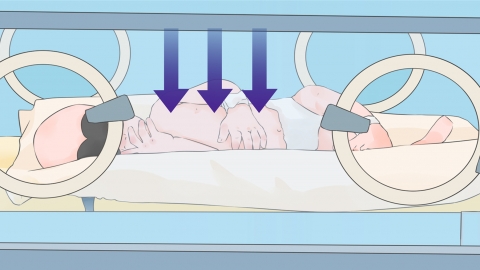Is it dangerous if bilirubin, total bilirubin, and indirect bilirubin levels are all elevated?
Generally, when bilirubin, total bilirubin, and indirect bilirubin levels are all elevated, the risk is relatively low if the increase is mild and there are no underlying diseases. However, the risk becomes significant if levels rise markedly or if there are pre-existing medical conditions. If concerned, it is advisable to seek medical consultation in advance. Detailed analysis is as follows:

If the elevation is only mild and there are no apparent symptoms or discomfort, it may be caused by temporary dietary factors or mild hemolysis. In such cases, liver metabolic function is usually not severely affected, and the indicators may gradually return to normal through dietary adjustments and adequate rest, indicating a low level of risk.
If there is a significant increase in these indicators along with severe jaundice (yellowing of the skin and sclera), abdominal pain, fatigue, and other symptoms, it may suggest serious conditions such as severe hemolysis or cirrhosis. In these cases, there is significant impairment of liver or hematologic system function, and without timely intervention, severe complications may develop, indicating a high level of risk.
Upon detecting abnormal indicators, it is important to promptly undergo relevant examinations to determine the cause of elevation and follow medical advice for appropriate management to prevent disease progression.






